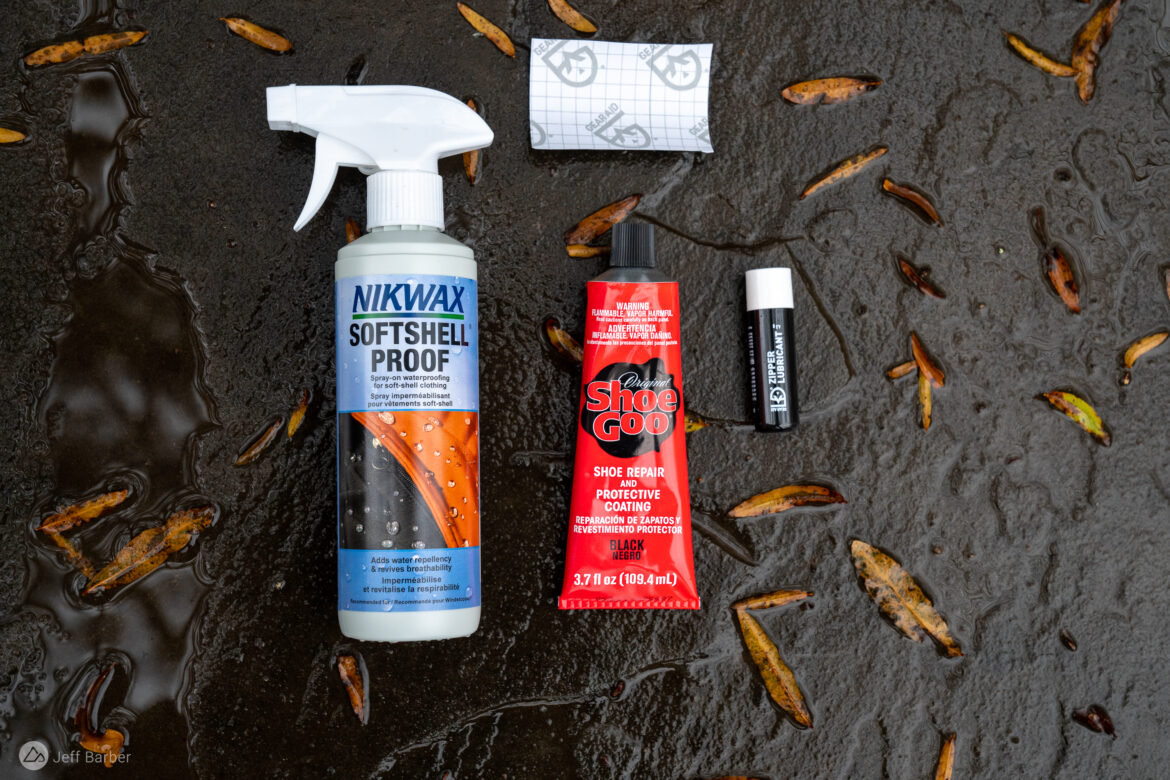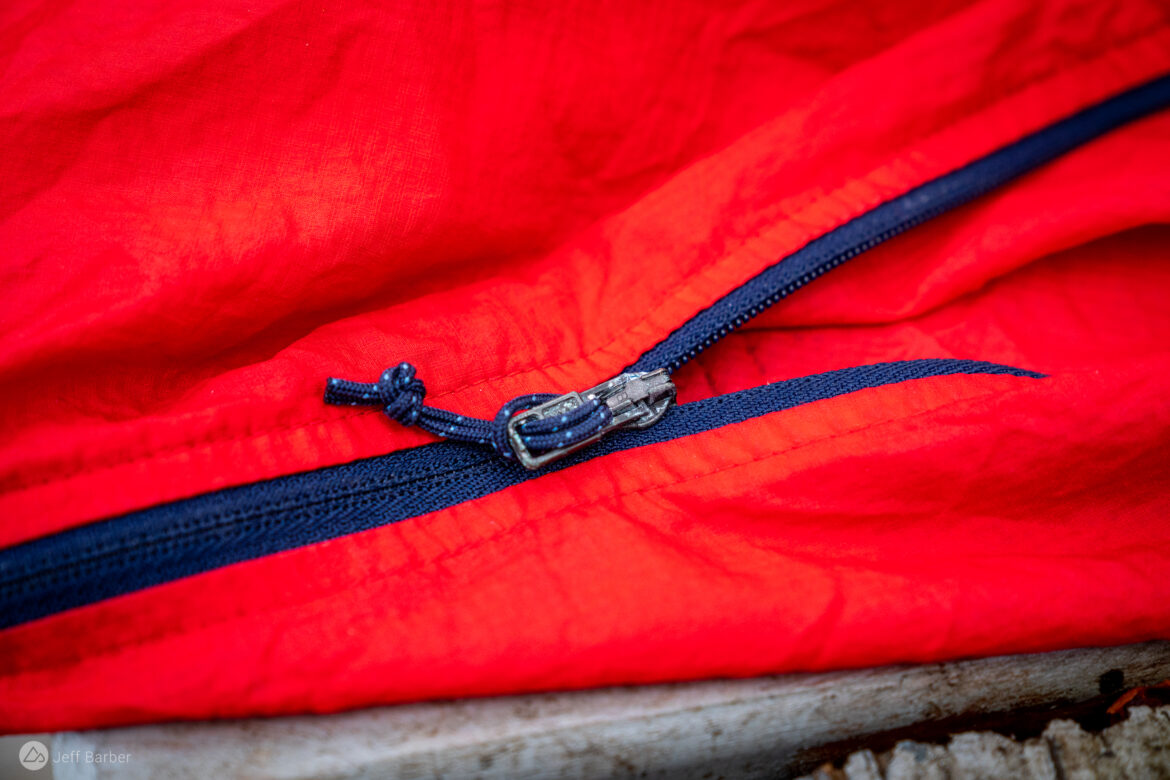
Mountain bike clothing can be expensive. But you already know that.
Every piece of clothing is bound to wear out sooner or later, though we greatly prefer the later end of later, given the choice. Over the years we’ve found a few simple ways to squeeze another season or two out of worn shoes and clothing, at little or no cost. It’s not everyday that you can save money AND the environment at the same time.

Re-glue that shoe
Breaking in a new pair of mountain bike shoes takes effort, so once you’ve got a pair that feels good it’s really hard to let go. Alas, outsoles will eventually delaminate, often before the tread is completely worn down. If I can get a couple seasons out of a pair of shoes without them falling apart I count myself blessed.

One easy way to get another season or two out of your favorite shoe is Shoe Goo. This stuff lives up to its name, with a gooey consistency that can be a real mess to apply. I like to use a disposable plastic knife to spread it into place like butter. For some repairs, like the one shown here it’s a good idea to clamp the parts together while the Shoe Goo cures, otherwise it will separate and require another application.
- Cost: $11 for 4oz which is good for several shoes
- Buy from Amazon.


Lube those zippers
I didn’t know zipper lube was a thing until my friend Chris suggested it as I struggled to unzip my frame bag ahead of a damp and foggy fall ride. Later that week I noticed a stuck zipper on my favorite packable vest was actually corroded, no doubt from sweat.
The zipper lubricant from Gear Aid comes in an applicator that looks like Chapstick, though I hope I never mistakenly put the stuff on my lips. The lube is solid, like Chapstick, and rubs on quickly and easily. I found the big, chunky zipper on my frame bag slides much more smoothly now, and the zipper on my vest should be protected from future corrosion.
- Price: $6.50 for two sticks
- Buy from Amazon.


Patch rips and tears
Rips and tears come with the territory when you ride mountain bike trails. Gloves, jerseys, pants, socks, and even shoes can be repaired fairly easily, bringing them back to full functionality, if not the original look too.
For those who don’t have a sewing machine, or just hate to sew by hand (ahem, 🙋♂️), sticky fabric patches are a good solution. I used a piece of Gear Aid Tenacious tape to cover a hole in the sleeve of my favorite puffy jacket and it’s barely noticeable. Gear Aid offers the tape in multiple colors, and while the stuff I used is vinyl and works best for things like tents and air mattresses, the brand also makes patches for technical clothing materials too.
I’m not afraid to admit that I’ve even used duct tape in a similar fashion on a pair of thick winter gloves that had sprung a hole in one of the fingers. It’s a repair that’s lasted for years, keeping the gloves warm and functional on the coldest days.
Holey sock toes and heels are fairly common, especially if you forget to trim your toenails regularly like me. This repair is best accomplished with needle and thread since you don’t want a bulky or uncomfortable patch rubbing you the wrong way.
- Price: $10 for Gear Aid Tenacious tape. Sewing kit: find one for free at a fancy hotel.
- Buy Gear Aid from Amazon

Add or renew waterproofing
Most jackets and even shoes feature a waterproof coating known as DWR. It’s the stuff that allows water to bead up and roll off, at least for a while before moisture starts soaking into the material. Most factory-applied coatings are pretty durable and can be renewed several times with a rinse in the washing machine.
If you’ve had a softshell jacket for a while and have washed it multiple times, you may find water soaks into it almost immediately. Sprays like Nikwax and Endura Re-proofer are designed to restore your clothing’s water resistance for a fraction of the cost of a new garment.
And for clothing that never had a DWR coating — like a favorite hoodie or pair of shoes — spray-on waterproofing offers an inexpensive upgrade path. Note that this won’t make your clothing entirely waterproof — just water-resistant — and you should test it on a small spot to make sure it won’t discolor the fabric. Also, some products are more environmentally friendly than others so if that’s a concern for you, be sure to check the label.
Additionally, Gear Aid offers specialty waterproofing products like seam sealers and goop for making flexible, water-tight seals on damaged gear.
- Price: About $15 for a bottle
- Buy Re-proofer or Nikwax.
What other products have you used to repair your outdoor clothing and soft goods?
















